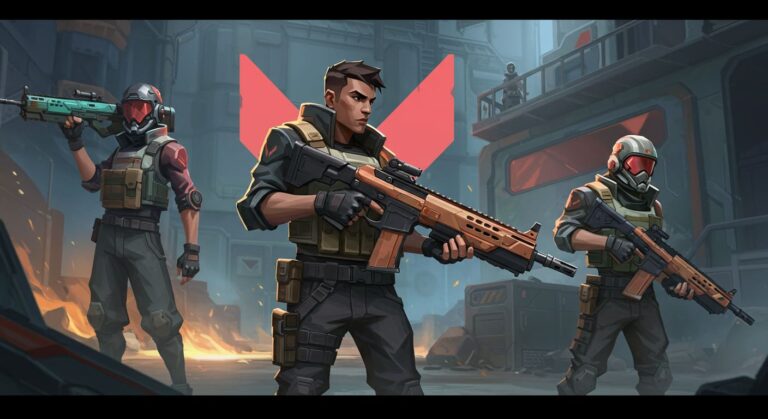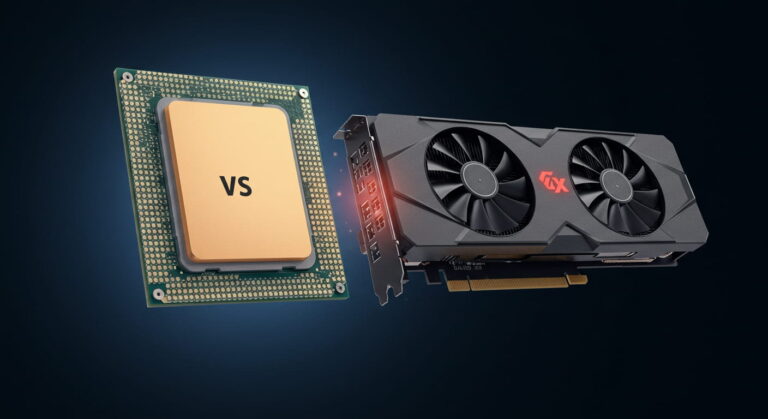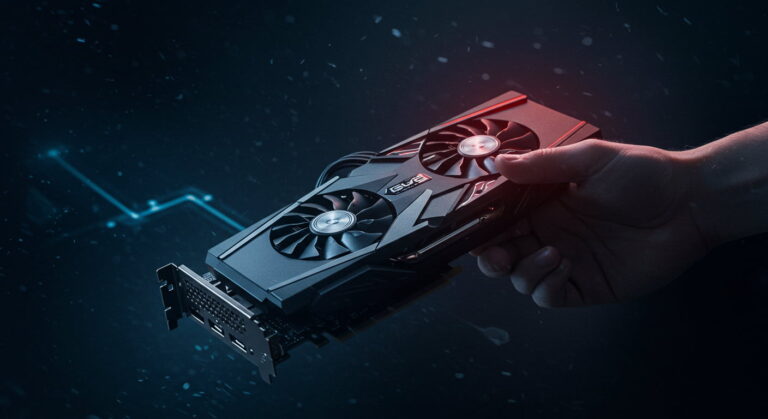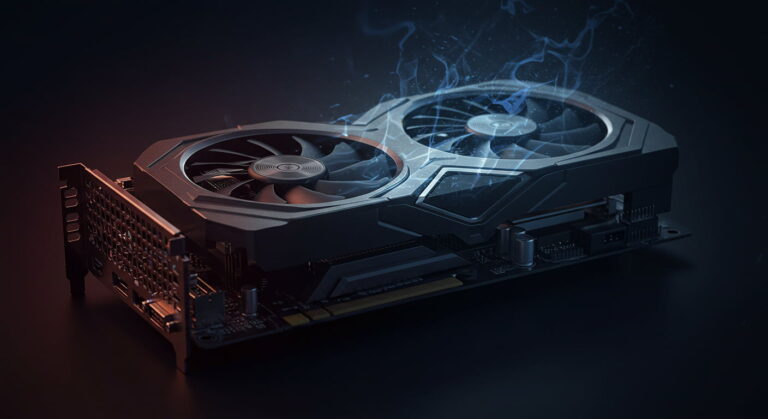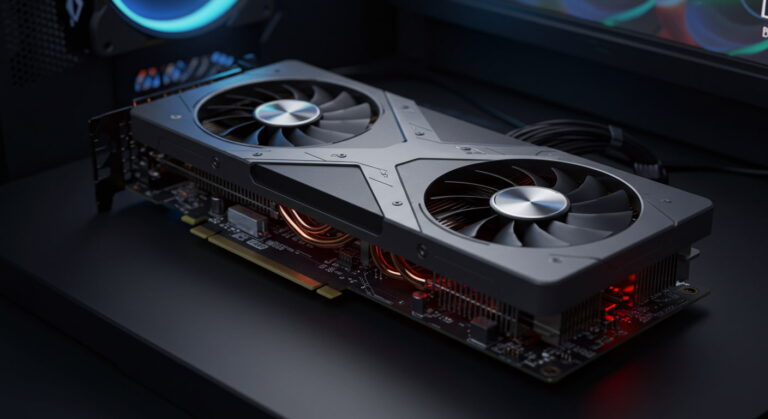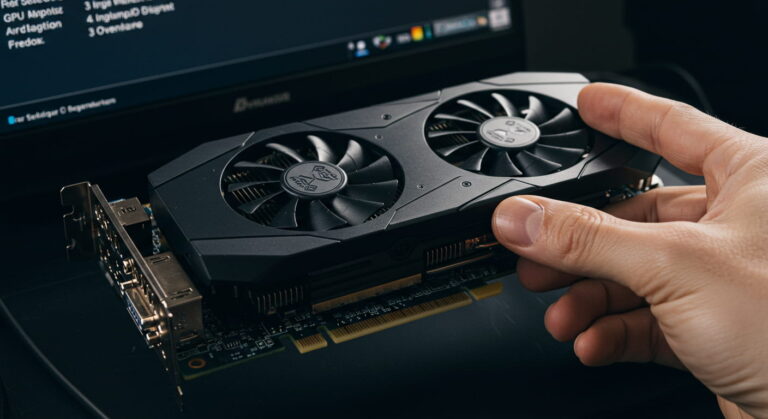GPU Memory vs Dedicated GPU Memory – Key Differences Explained!
Introduction
Graphics are everywhere in today’s world — from simple web browsing animations to high-end gaming, video editing, and artificial intelligence. A GPU (Graphics Processing Unit) is the engine that powers these graphics, and its memory decides how well it can perform. Without enough GPU memory, even a strong graphics card can feel slow and unresponsive.
GPU memory is like a desk where your GPU places all the items it is working on. The bigger the desk, the more items it can handle without constantly going back to fetch more. When GPU memory is small or overloaded, the system slows down.
Overview of dedicated vs shared memory
There are two main types of GPU memory:
- Dedicated GPU memory (VRAM): Special high-speed memory built directly on the GPU card, designed only for graphics.
- Shared GPU memory: Regular system RAM borrowed by the GPU when dedicated VRAM is not enough.
The main difference is speed and reliability. Dedicated memory is faster, while shared memory is only a backup. Knowing how these two work helps you choose the right GPU for your needs.
2. GPU Memory vs Dedicated GPU Memory: What’s the Real Difference?
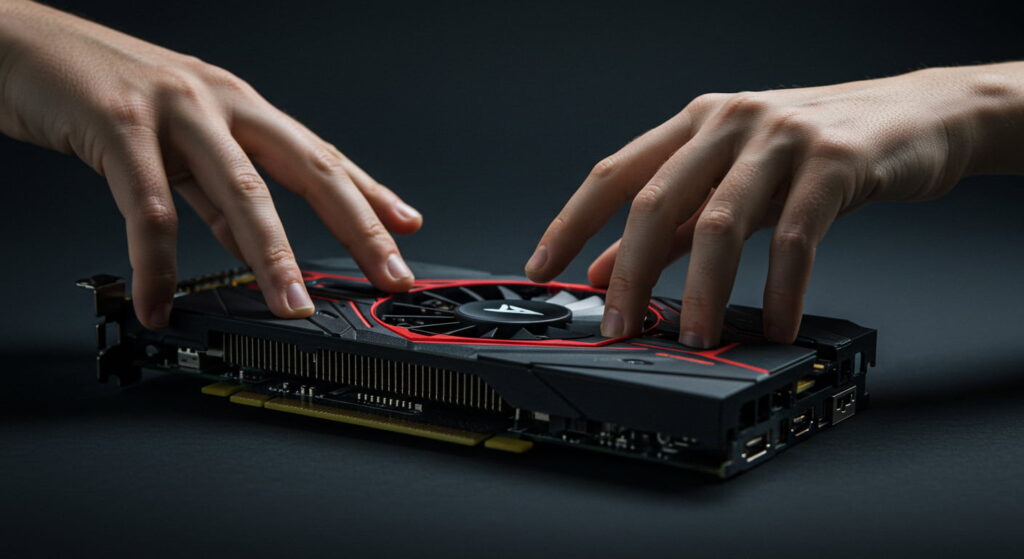
Understanding GPU memory basics
GPU memory holds the data that the graphics card needs immediately, such as:
- Textures in a video game
- 3D models
- Lighting and shading effects
- Frames being rendered
The GPU constantly reads and writes to this memory. If it is fast enough, everything runs smoothly. If it’s slow or full, you see stuttering, lag, or blurry graphics.
Dedicated GPU memory explained
Dedicated GPU memory (VRAM) is built only for the GPU. It is optimized for graphics tasks and much faster than normal system RAM. Modern dedicated GPUs use GDDR6 or GDDR6X memory with very high bandwidth.
For example:
- A GPU with 8GB VRAM is ideal for 1080p or 1440p gaming.
- 12GB–16GB VRAM handles 4K gaming, video editing, or 3D rendering.
- High-end GPUs with 24GB VRAM are used in AI and data science.
Dedicated VRAM is private. Your CPU cannot use it, which makes it more stable and efficient for graphics.
Shared GPU memory explained
Shared GPU memory is borrowed from your system’s RAM. If your GPU runs out of VRAM, the system automatically shifts some of the load to RAM. While this prevents crashes, it comes at a cost: slower performance.
For instance, if your laptop has 8GB RAM and 2GB is used as shared GPU memory, only 6GB is left for other tasks. This reduces multitasking efficiency and slows down both CPU and GPU.
Also read: Max Temp for GPU
3. GPU Memory vs Dedicated GPU Memory in Different Scenarios
3.1 Gaming Performance
How Does GPU Memory vs Dedicated GPU Memory Affect Gaming?
Games use massive textures, maps, and character details. Dedicated VRAM allows these assets to load quickly and stay in memory, giving you smooth performance. Shared memory struggles with demanding games because system RAM is not fast enough for continuous high-speed rendering.
- Dedicated memory benefits: Higher FPS, stable gameplay, better textures.
- Shared memory issues: Lag, stuttering, reduced FPS, and lower visual quality.
Is an 8GB dedicated GPU good?
Yes, 8GB VRAM is currently a good balance for gaming. It can run most modern games at high settings in 1080p and 1440p resolutions. But for 4K gaming or future titles, you might need more VRAM.
Why isn’t my GPU using all dedicated memory before shared memory?
Sometimes you notice your system using shared memory even though VRAM is not full. Reasons include:
- Windows reserves a portion of VRAM for system tasks.
- Background applications also use VRAM.
- Some games are coded to use shared memory when loading specific assets.
This is normal and not a sign of a problem.
3.2 Content Creation & Productivity
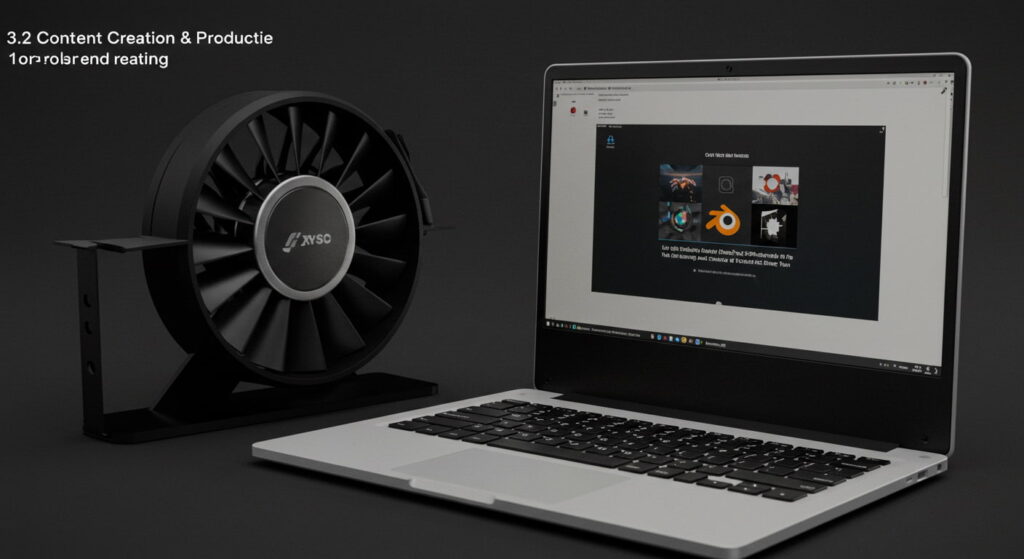
GPU Memory vs Dedicated GPU Memory for Video Editing & Content Creation
Creative software like Adobe Premiere Pro, After Effects, Photoshop, and Blender require heavy GPU memory. Dedicated VRAM allows smooth editing timelines, real-time previews, and faster rendering. Shared memory slows down when handling 4K videos, large images, or 3D animation.
GPU Memory vs Dedicated GPU Memory: Which One Should You Prioritize?
If your main work is content creation, you should prioritize dedicated GPU memory. Even 6GB or 8GB VRAM saves hours of waiting time compared to using shared memory.
Why GPU memory matters for performance & productivity (supporting point)
More VRAM helps you:
- Work with larger files.
- Run multiple creative apps without crashing.
- Render projects faster.
Shared memory might handle light editing, but professionals should always use dedicated VRAM.
3.3 Laptops vs Desktops
GPU Memory vs Dedicated GPU Memory in Laptops vs Desktops
- Laptops: Many budget laptops use integrated GPUs with shared memory. Gaming laptops include dedicated GPUs but usually limited to 4GB–8GB VRAM due to space and power constraints.
- Desktops: Offer larger GPUs with higher VRAM, better cooling, and upgradability. Desktops can easily support 12GB, 16GB, or even 24GB VRAM cards.
If you want portability, a laptop with 6GB–8GB VRAM is fine. But for long-term gaming or editing, desktops are better.
Also read: GPU Clock Speed for Gaming
3.4 AI & Machine Learning
GPU Memory vs Dedicated GPU Memory: Impact on AI & Machine Learning
AI and ML models require large amounts of GPU memory. Training neural networks or deep learning algorithms means processing huge datasets simultaneously. Shared memory simply cannot handle this load.
That’s why professionals use GPUs like NVIDIA RTX 3090 (24GB VRAM) or A100 (40GB–80GB VRAM) for AI research. More VRAM allows bigger batch sizes and faster training.
3.5 Multitasking & General Use
GPU Memory vs Dedicated GPU Memory: Which is Better for Multitasking?
For light tasks like browsing, watching videos, or office work, shared memory is enough. But if you multitask with heavy apps — gaming, editing, or streaming at the same time — dedicated GPU memory ensures smooth performance. Shared memory slows down as it divides resources between CPU and GPU.
4. Common Comparisons and Confusions
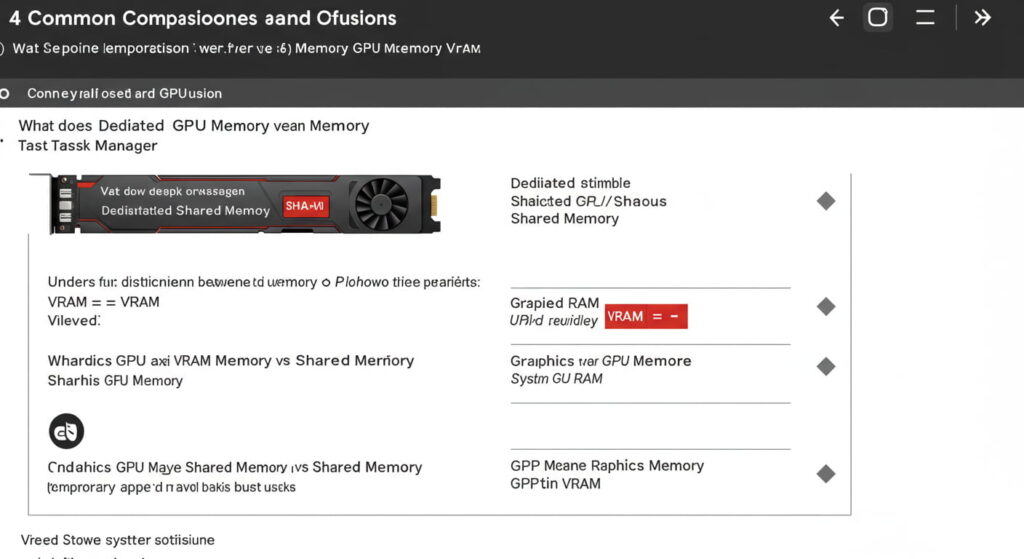
- What does dedicated GPU memory mean in Task Manager?
It refers to the VRAM physically attached to the GPU card. - Dedicated VRAM vs Shared Memory Confusion
VRAM = fast, private. Shared = slow, borrowed. - Understanding the dedicated and shared GPU memory
Dedicated = fixed and reliable. Shared = flexible but weak. - What is the distinction between shared and dedicated GPU memory?
Dedicated is permanent and separate. Shared is temporary and part of RAM. - Graphics GPU Dedicated Memory vs Shared Memory viewer
Task Manager or GPU-Z can show how much VRAM and shared memory are used. - Dedicated vs Shared System Graphics Memory
Dedicated works for heavy apps. Shared suits basic tasks. - Difference between Shared and Dedicated GPU RAM
Shared RAM is part of system memory. Dedicated RAM is built-in VRAM. - Difference between Dedicated Graphics Memory and GPU Memory
Dedicated is only VRAM. GPU memory includes VRAM + shared memory. - What’s the difference between GPU mem, dedicated mem, and shared mem?
- GPU mem = total memory
- Dedicated mem = VRAM
- Shared mem = borrowed RAM
5. Practical Questions Users Ask
Does dedicated GPU memory matter?
Yes, it directly impacts performance. Dedicated VRAM ensures smoother gaming, editing, and AI workloads.
Is dedicated GPU better?
Yes. Dedicated GPUs perform far better than shared memory in all heavy scenarios.
Can I give my GPU more dedicated memory?
No, VRAM cannot be increased manually. The only way is to buy a new GPU with more VRAM.
Also read: How Hot Should My GPU Be?
6. Advanced Insights
Shared GPU Memory vs Dedicated GPU Memory: Performance Comparison
Dedicated VRAM is always faster. Benchmarks show that dedicated GPUs deliver 2x–5x higher FPS compared to integrated GPUs with shared memory. Shared memory works only as a safety net, not as a main resource.
GPU Memory vs Dedicated GPU Memory: Common Myths and Facts
- Myth: Shared memory is as fast as VRAM.
Fact: VRAM is much faster and optimized for graphics. - Myth: More VRAM always means better GPU.
Fact: Performance also depends on GPU cores and architecture. - Myth: Shared memory is useless.
Fact: It helps budget systems run light tasks.
GPU Memory vs Dedicated GPU Memory: Future Trends to Watch
- Future GPUs will include 32GB+ VRAM.
- Laptops will adopt smarter hybrid memory systems.
- AI-driven memory optimization will reduce lag.
FAQs:
1. What is the main difference between GPU memory and dedicated GPU memory?
GPU memory includes both dedicated VRAM and shared system memory, while dedicated GPU memory is only the VRAM built into the graphics card.
2. Is dedicated GPU memory better than shared memory?
Yes. Dedicated GPU memory is faster and designed only for graphics tasks, while shared memory is slower and borrowed from system RAM.
3. Can I increase dedicated GPU memory manually?
No. Dedicated VRAM cannot be upgraded like system RAM. The only option is to buy a new graphics card with more VRAM.
4. Is 8GB of dedicated GPU memory enough for gaming?
Yes, 8GB VRAM is good for most modern games at 1080p and 1440p, but higher resolutions like 4K may need more.
5. Why does my GPU use shared memory instead of all VRAM?
Your system may reserve part of VRAM for background processes, so it uses shared memory when extra space is needed.
6. Do I need a dedicated GPU for video editing?
Yes, dedicated GPU memory speeds up rendering, previews, and large file handling in editing software compared to shared memory.
7. Does dedicated GPU memory affect AI and machine learning?
Absolutely. Training AI models requires large VRAM because shared memory is too slow for handling complex datasets.
8. Which is better for laptops: shared or dedicated GPU memory?
Dedicated GPU memory is better for performance, while shared memory is common in budget or lightweight laptops.
9. Does dedicated GPU memory use more power?
Yes, dedicated GPUs consume more power, which can reduce battery life in laptops compared to shared memory.
10. Should I prioritize GPU memory or CPU performance?
Both matter, but for gaming, editing, or AI, prioritizing dedicated GPU memory ensures smoother performance.
8. Conclusion:
If you care about gaming, content creation, or AI — always choose dedicated GPU memory. Shared memory works only for basic use like browsing or light multimedia.GPU memory defines how smoothly your system runs graphics-heavy tasks. Dedicated VRAM is faster, more stable, and reliable, while shared memory is just a backup. For anyone serious about performance, investing in more dedicated GPU memory is always the smarter choice.
Related post:

